No. 1
Devila Prit
Cellular Mechanisms of Trophoblast Invasion at the Embryo-Maternal Interface
In the early days of development of a mammalian embryo, a competent blastocyst adheres to a receptive uterine endometrium and invades it to establish a crucial connection. This process, termed as implantation is achieved by the adhesion of the mural trophectoderm (TE) of the late blastocyst stage embryo to the uterine wall, and its subsequent differentiation to form invasive trophoblast giant cells (TGCs) capable of secreting matrix metalloproteinases (MMPs). A closer look at the TE to TGC differentiation from embryonic day 3.5 to 6.5 revealed an increased presence of actin in the cytoplasm of the mural TE and at the leading, invasive edges of the TGCs. The presence of these actin-rich degrading devices prompted us to look for the presence of invadosomes. Our experiments have shown that differentiation of TGC from TE is accompanied by the assembly and maturation of invadosomes. Further, we set out to understand if invadosome assembly and maturation relies on TE to TGC differentiation. To study this, we looked at embryos arrested at blastocyst stage, without mural TE differentiation. We observed invadosome assembly in the TE cells, but they failed to mature and release MMPs, and invade the endometrium. In order to learn how TE differentiation and invasion will be affected in the absence of invadosome formation, we looked at embryos lacking a master regulator of invadosome formation. This embryo model failed to adhere and invade into the uterine endometrium, revealing the crucial role played by invadosomes in mediating implantation. Thus, invadosome formation and maturation is a key cellular mechanism that guides the attachment and invasion of a developing blastocyst into the uterine endometrium during implantation.

